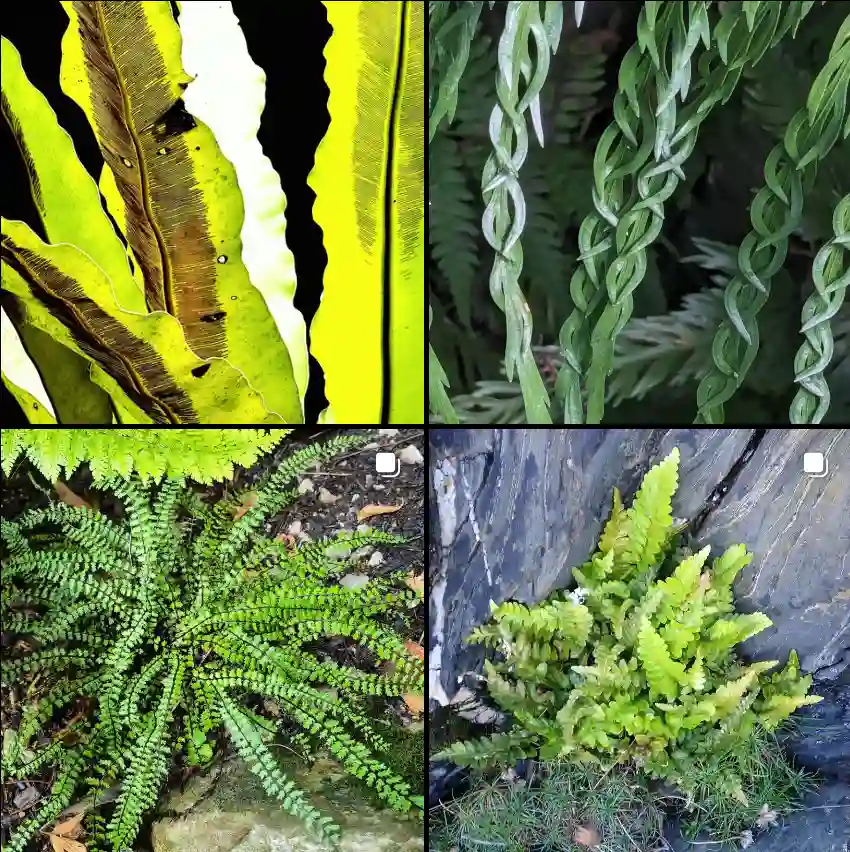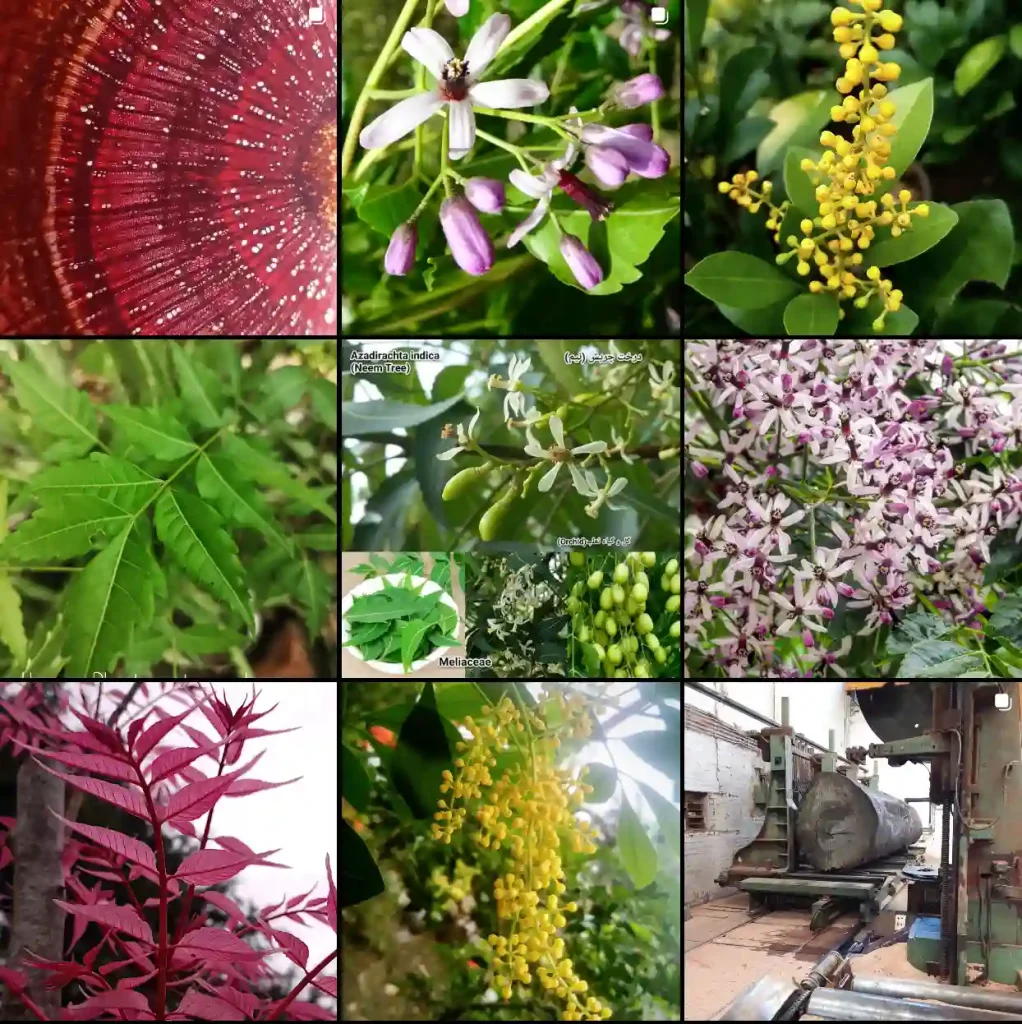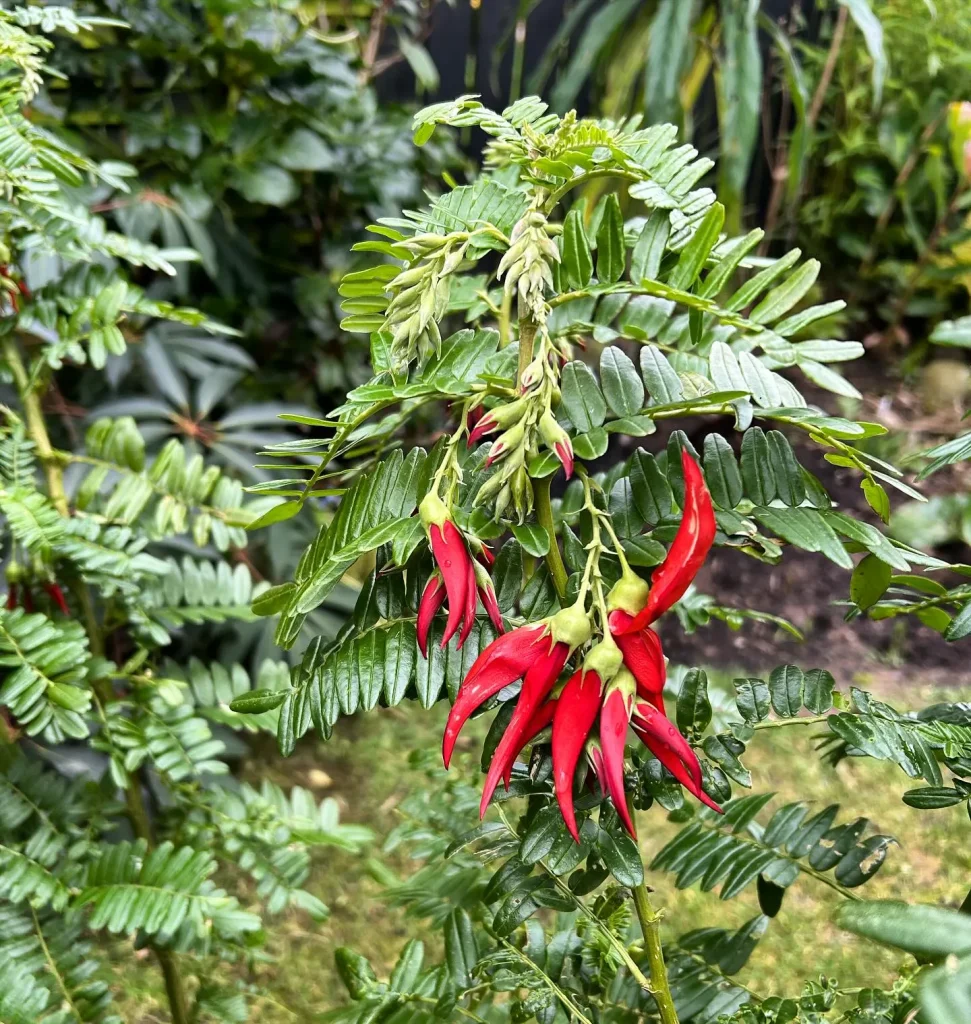FAQs About Tibouchina Heteromalla
As an avid gardener, I’ve found Tibouchina Heteromalla, also known as the Purple Princess Tree, to be a captivating addition to my garden. If you’re considering adding this stunning plant to your collection or simply curious about it, I’ve compiled answers to some of the most frequently asked questions about Tibouchina Heteromalla.
What Is Tibouchina Heteromalla?
Tibouchina Heteromalla is a perennial shrub or small tree belong to the Melastomataceae family, native to the tropical and subtropical regions of South America. This plant is admired for its vibrant, showy purple flowers that bloom in clusters, providing a spectacular display throughout the year. The foliage is equally striking, with large, velvety leaves that add a lush, tropical feel to any garden. Known for its fast growth and dramatic blooms, Tibouchina Heteromalla can reach up to 15 feet in height, making it a standout feature in both residential and public landscapes.
Plant Family: 169 Genera in Melastomataceae
How to Care for Tibouchina Heteromalla?
Caring for Tibouchina Heteromalla involves a few key practices to ensure its health and vibrancy:
- Sunlight: This plant thrives in full sun to partial shade. Ideally, it should receive at least 4 to 6 hours of direct sunlight daily to promote optimal blooming and growth.
- Soil: Well-drained soil is crucial. Tibouchina Heteromalla prefers slightly acidic to neutral soil with good organic content. Adding compost can improve soil structure and nutrient levels.
- Watering: Keep the soil consistently moist but not waterlogged. During hot, dry periods, increase watering to prevent stress on the plant. However, overwatering can lead to root rot.
- Fertilization: Regular feeding will help maintain its lush appearance. Use a balanced, slow-release fertilizer during the growing season (spring and summer) to support blooming and healthy growth.
- Pruning: Pruning is beneficial to shape the plant and remove any dead or diseased branches. A light pruning after flowering can encourage a more compact growth habit and more blooms the following season.
How to Propagate Tibouchina Heteromalla?
Propagating Tibouchina Heteromalla is relatively straightforward and can be done through cuttings:
- Timing: The best time to take cuttings is during the spring or early summer when the plant is actively growing.
- Method: Select healthy, non-flowering stems and cut them to about 4 to 6 inches long. Remove the lower leaves and dip the cut end in rooting hormone to enhance root development.
- Planting: Insert the cuttings into a pot filled with a well-draining mix, such as a combination of peat and perlite. Water lightly and cover with a plastic bag or dome to maintain humidity.
- Care: Place the pot in a warm, bright location but out of direct sunlight. Keep the soil moist and check for roots after 6 to 8 weeks. Once roots have developed, transplant the young plants into larger pots or directly into the garden.
What to Plant with Tibouchina Heteromalla?
When selecting companion plants, consider those that complement Tibouchina Heteromalla’s vibrant foliage and flowers:
- Cordyline: The colorful foliage of Cordyline plants pairs well with the purple blooms of Tibouchina, creating a dynamic contrast.
- Ferns: Adding ferns around the base can provide a lush, green backdrop that highlights the Tibouchina’s vibrant colors.
- Calibrachoa: These trailing plants can offer a cascading effect, adding more visual interest and color harmony to the planting area.
Is Tibouchina Heteromalla Toxic?
Tibouchina Heteromalla is not known to be toxic to humans or pets. However, as with many plants, it’s always a good practice to keep it out of reach of curious pets and children. Some people may experience mild skin irritation from direct contact, so handling the plant with gloves might be advisable.
Benefits of Growing Tibouchina Heteromalla
- Aesthetic Appeal: The striking purple flowers and large leaves make Tibouchina Heteromalla a beautiful focal point in gardens and landscapes.
- Attracts Pollinators: The plant’s flowers are highly attractive to bees and butterflies, contributing to a healthy garden ecosystem.
- Low Maintenance: Once established, it requires minimal care compared to many other flowering plants, making it a great choice for busy gardeners.
Common Problems with Tibouchina Heteromalla
- Pest Issues: Aphids and spider mites can occasionally infest the plant. Regularly inspect your Tibouchina for signs of pests and treat them promptly with insecticidal soap or neem oil.
- Disease: Root rot and fungal infections can occur if the plant is overwatered or planted in poorly-drained soil. Ensuring good drainage and proper watering practices can help prevent these issues.
Compare with Similar Plants
If you’re considering alternatives, here’s how Tibouchina Heteromalla compares with similar plants:
- Tibouchina Urvilleana: Also known as the Princess Flower, it has similar care requirements but typically grows slightly larger and has different flower shades.
- Bougainvillea: Like Tibouchina, Bougainvillea offers vibrant blooms but requires a different care regimen, including more frequent pruning and slightly drier conditions.
In conclusion, Tibouchina Heteromalla is a captivating and relatively low-maintenance addition to any garden, offering year-round beauty and attracting beneficial wildlife. With proper care and attention, it can thrive and provide stunning displays of color and foliage for years to come.
If i die, water my plants!



